Chasing Shadows: Carrabelle downtown headed to National Register
A portion of Carrabelle’s downtown is headed for the National Register of Historic Places, the federal government’s official listing of historically significant properties throughout the county.
The district received the blessing Aug. 3 of the five-person Florida National Register Review Board, a body within the state’s Division of Historical Resources responsible for deciding whether to submit a formal nomination to the Keeper of the National Register in Washington, D.C.
Tamara Allen, who directs the Carrabelle Historical Society and Carrabelle History Museum, attended the meeting of the review board, as did a representative from the office of Carrabelle City Attorney Dan Hartman.
Because the city has property within the proposed district, it was entitled to weigh in on the designation. Allen had sought a letter of support from the city, but commissioners opted to hold off until they had more time to review the implications of being on the register.
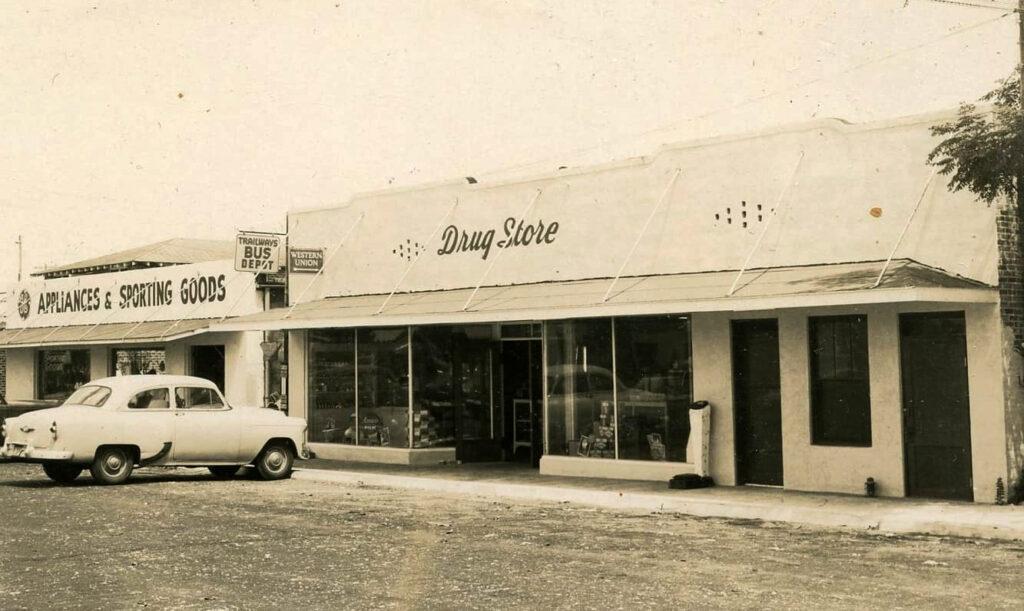
According to materials put out by the Florida Department of State office, there are three purposes of being on the register: To provide officials recognition of the area’s historic significance and encourage consideration of its historic value in future development planning; to provide the property limited protection from federally-funded or assisted projects that might adversely affect the property; and to make the property eligible for federal financial incentives for historic preservation.
Commissioner Tony Millender had expressed concern that the designation would add another level of government oversight and red tape, and might limit property owners’ options for their property.
Unlike the Apalachicola historic district, which has a number of locally-generated architectural restrictions, being on the National Register does not confer protections from private development, only from federal projects that could affect historic value.

“Listing your property in the National Register will not, in itself, restrict your rights as a property owner to use and dispose of your property as you see fit,” wrote Kyra Lucas, survey and registration supervisor for the Bureau of Historic Preservation. “However, if the future use or redevelopment should require approval or assistance from a federal agency, the plans for such use or redevelopment would be subject to review by the State Historical Preservation Office.”
Private property owners had the option of objecting to the listing of their property, and if the majority of the property owners in the district object, the district will not be listed. Lucas wrote.
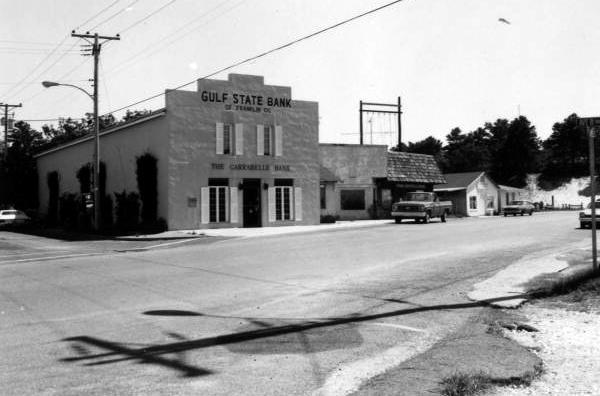
Allen said 39 letters were sent out to 28 owners of properties within the proposed district, and that only about a half-dozen objected. She said the district encompasses “almost totally commercial properties. We didn’t propose personal family dwellings.”
In the likely event the downtown district is listed on the National Register, “the protection from federally funded, licensed or assisted activities… will become effective, but the property (that had an objection) will not be eligible for the federal financial incentives for preservation.”
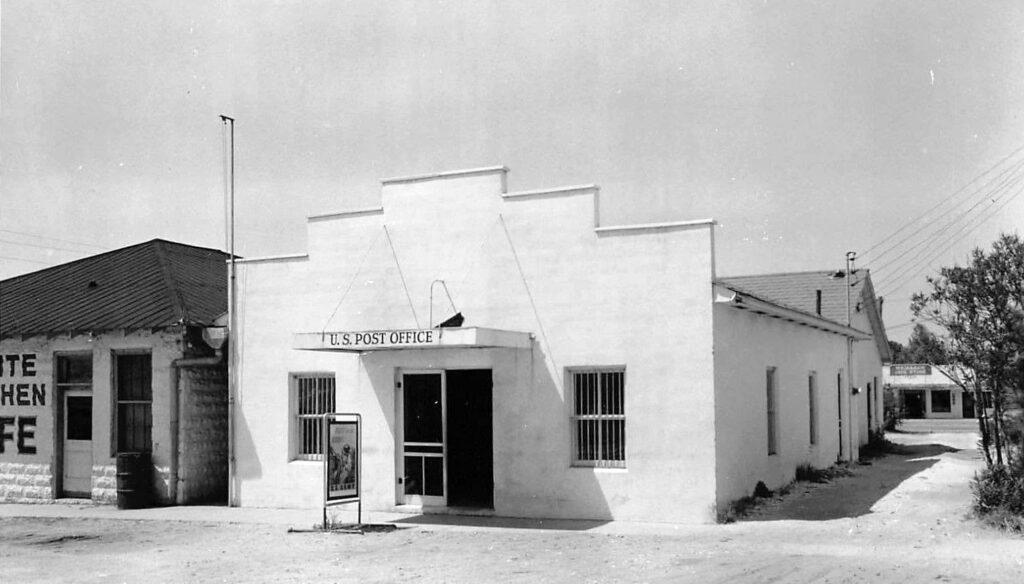
Allen said the road to the National Register began under the administration of Mayor Mel Kelly, when a proposal for there to be a Carrabelle Historic District emerged out of a two-year planning grant
Beth LaCivita, a historic preservation consultant, worked on the matter dating back to 2008, Allen said, with Carrabelle business owners Michael Pace and Patricia Tabuchi helping accelerate the process over the past several months.
“It’s just gone very slow,” Allen said. “We’ve been working with the state on and off for five years.
“It’s a real win,” she said. “We’ll have economic assistance that will be available, that can take money off of taxes. I hope it will help some of the dilapidated buildings around here.”
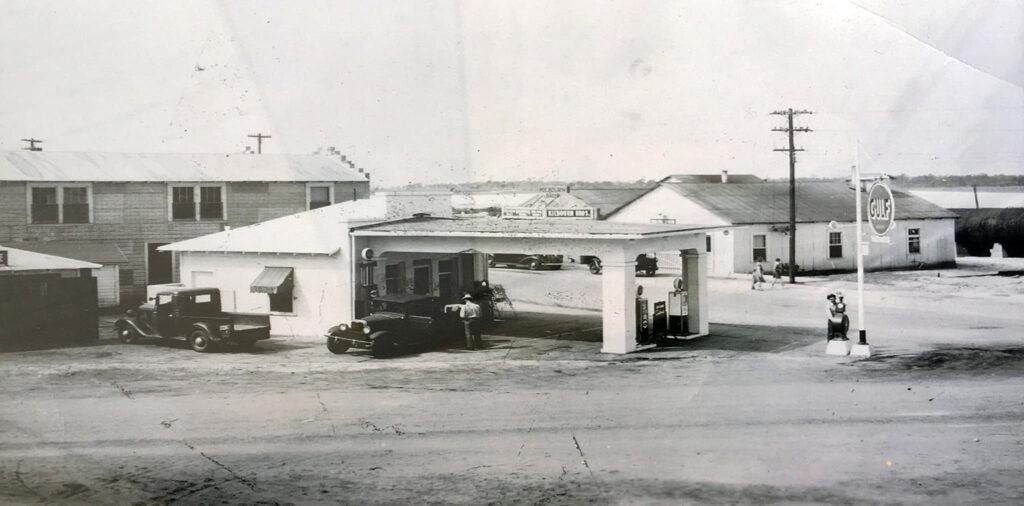

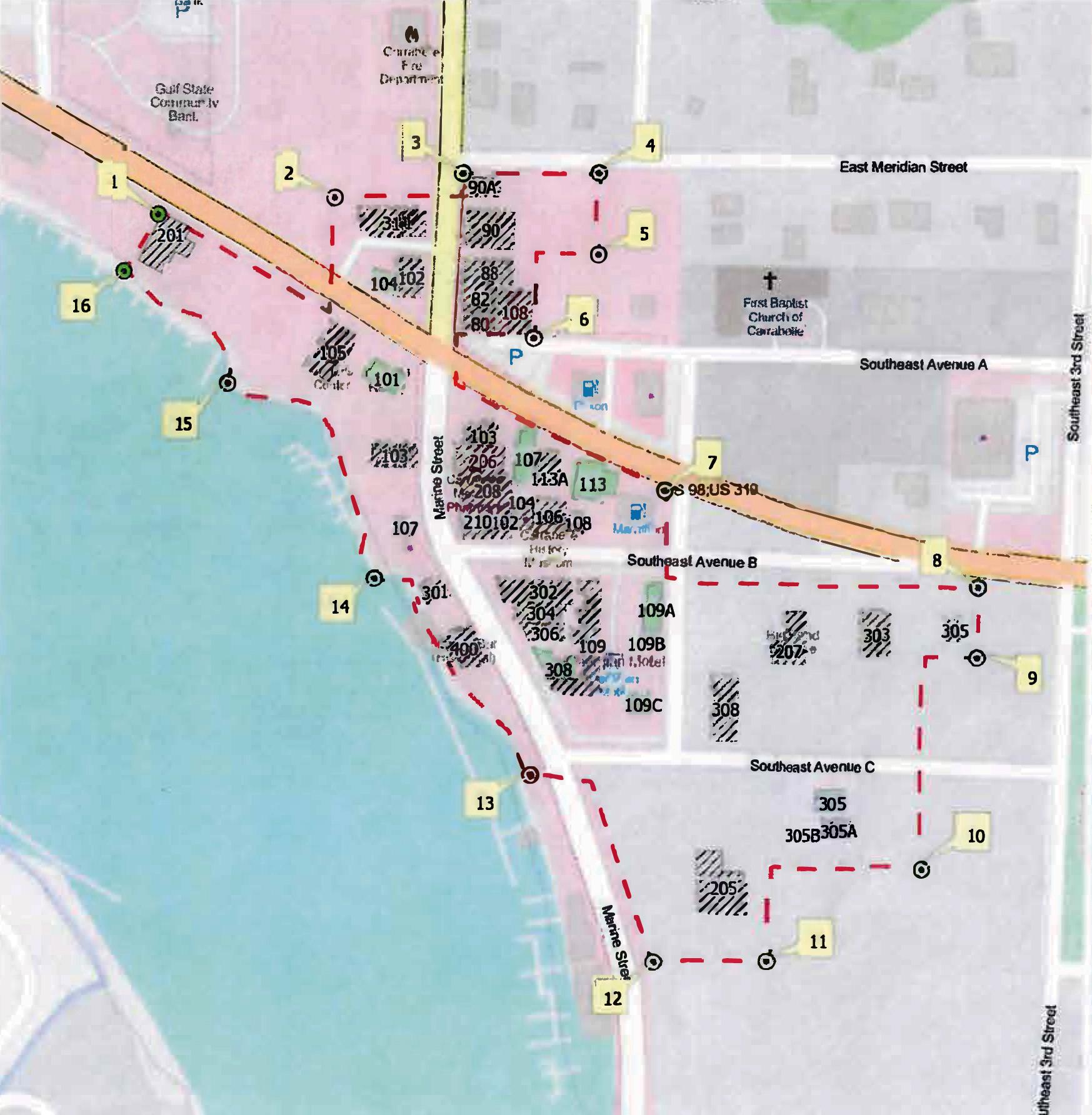
Meet the Editor
David Adlerstein, The Apalachicola Times’ digital editor, started with the news outlet in January 2002 as a reporter.
Prior to then, David Adlerstein began as a newspaperman with a small Boston weekly, after graduating magna cum laude from Brandeis University in Waltham, Massachusetts. He later edited the weekly Bellville Times, and as business reporter for the daily Marion Star, both not far from his hometown of Columbus, Ohio.
In 1995, he moved to South Florida, and worked as a business reporter and editor of Medical Business newspaper. In Jan. 2002, he began with the Apalachicola Times, first as reporter and later as editor, and in Oct. 2020, also began editing the Port St. Joe Star.